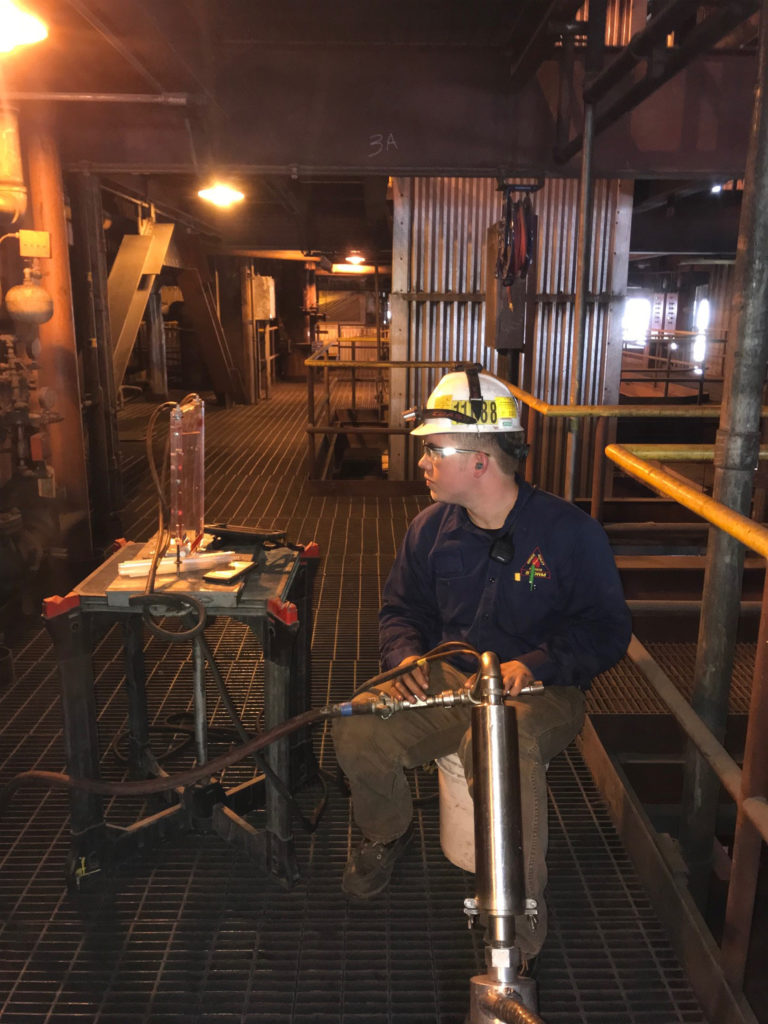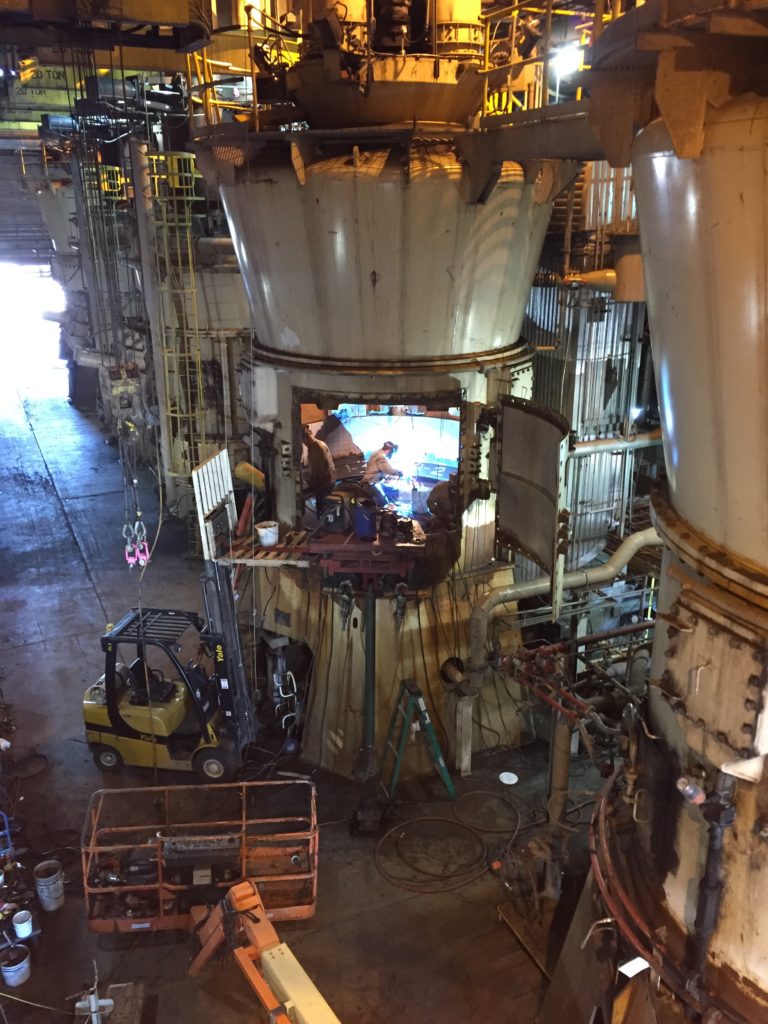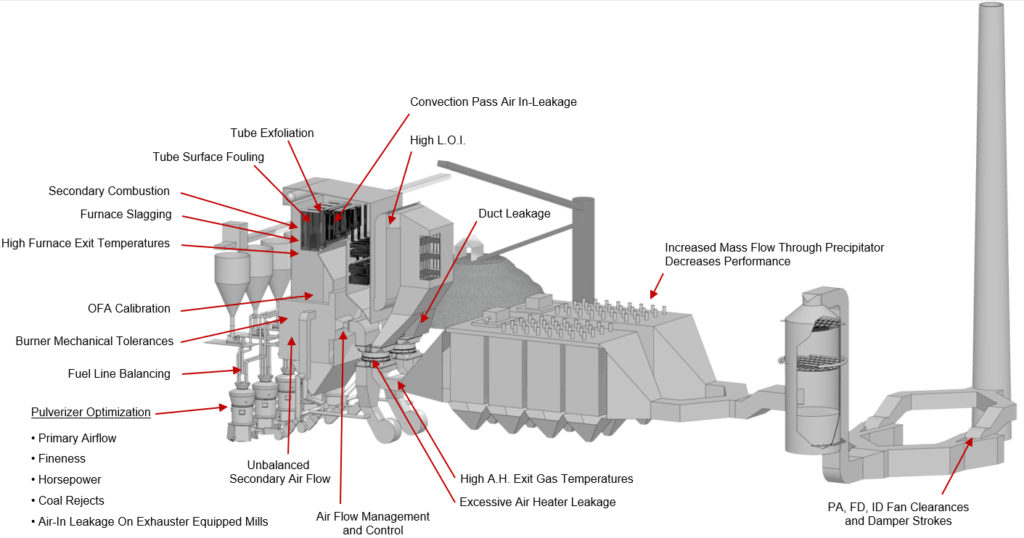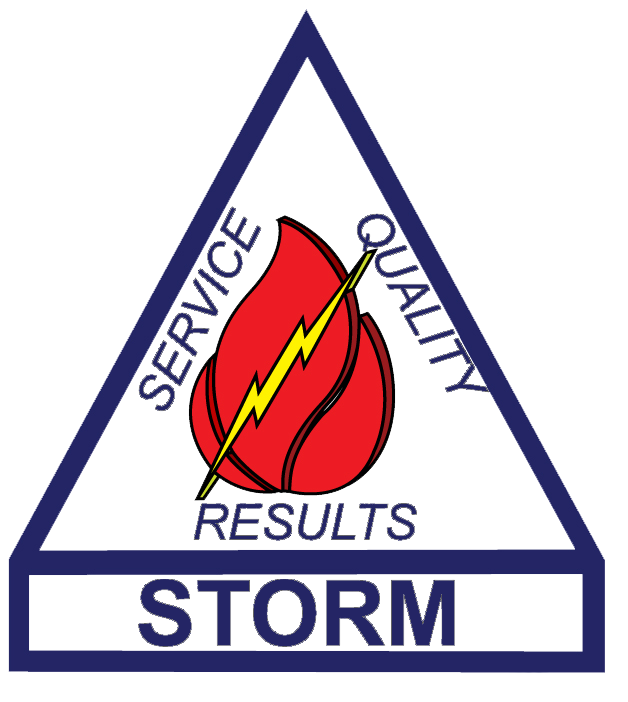STORM's 22 Controllable Heat Rate Variables


- Flyash Loss On Ignition (LOI)
- Bottom ash carbon content
- Boiler and ductwork air in-leakage
- More precise primary airflow measurement and control, by reducing tempering air
- Reducing pulverizer air in-leakage on suction fired mills
- Pulverizer throat size and geometry optimization to reduce coal rejects and compliment operation at lower primary airflows
- Secondary airflow measurement and control for more precise control of furnace stoichiometry, especially important for low NOx operation
- Reduction of extremely high upper furnace exit (FEGT) peak temperatures, which contribute to “Popcorn Ash” carryover to the SCR’s and APH’s, High spray water flows, Boiler slagging and fouling, and high draft losses due to fouling. The high draft losses cause increased in-leakage, increased fan auxiliary power wastage and increased associated losses with the high spray water flows
- High de-superheating spray water flow to the superheater
- High de-superheating spray water flow to the reheater
- High air heater leakage (note: Ljungstrom regenerative airheaters should and can be less than 9% leakage)
- Auxiliary power consumption/optimization i.e., fan clearances, duct leakage, primary air system optimization, etc
- Superheater outlet temperature
- Reheater outlet temperature
- Airheater outlet temperature
- Airheater exit gas temperature, corrected to a “no leakage” basis, and brought to the optimum level
- Burner “inputs” tuning for lowest possible excess oxygen at the boiler outlet and satisfactory NOx and LOI. Applying the “Thirteen Essentials”
- Boiler exit (economizer exit) gas temperatures ideally between 650°F to 750°F, with zero air in-leakage (no dilution!)
- Cycle losses due to valve leak through – i.e. spray water valves, reheater drains to the condenser, superheater and re-heater drains and vents, and especially any low point drains to the condenser or to the hot well
- “Soot blowing” Optimization – or smart soot blowing based on excellence in power plant operation. (Remember, soot blowing medium is a heat rate cost, whether compressed air or steam)
- Feed water heater level controls and steam cycle attention to detail
- Steam purity and the costly impact of turbine deposits on heat rate and capacity
Typical Opportunities for Improvement

